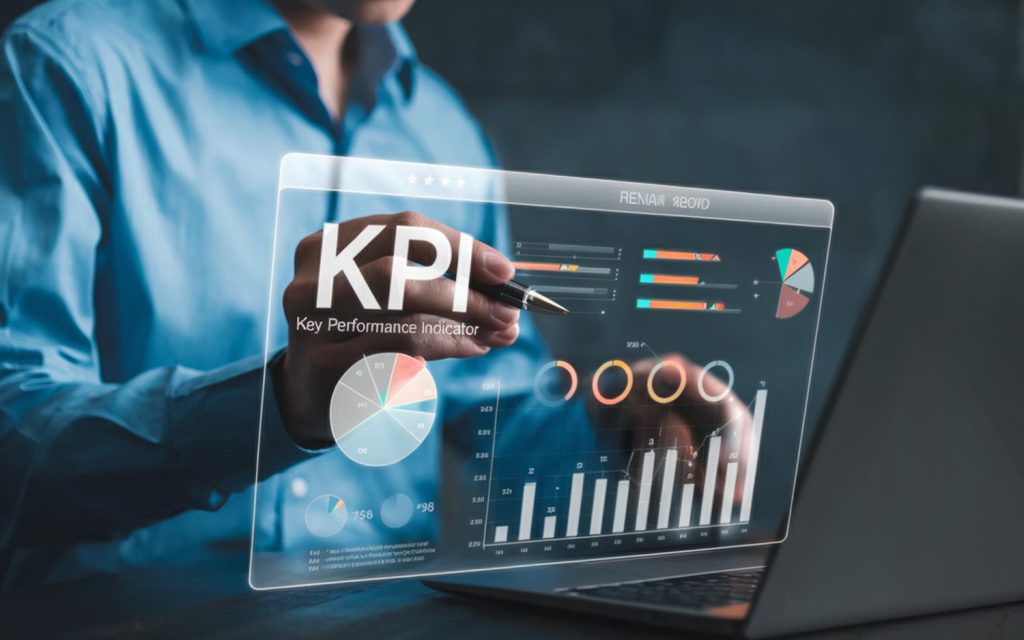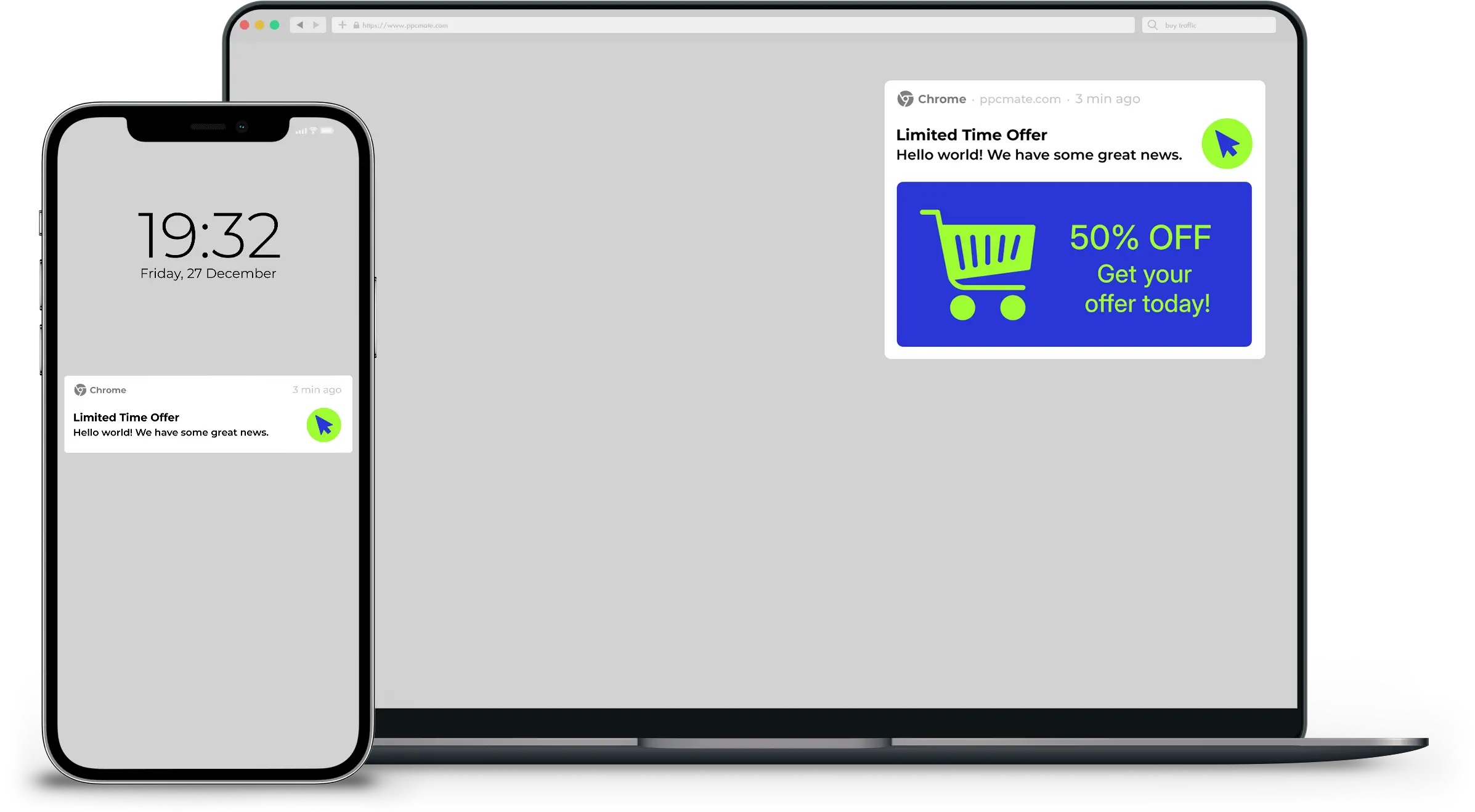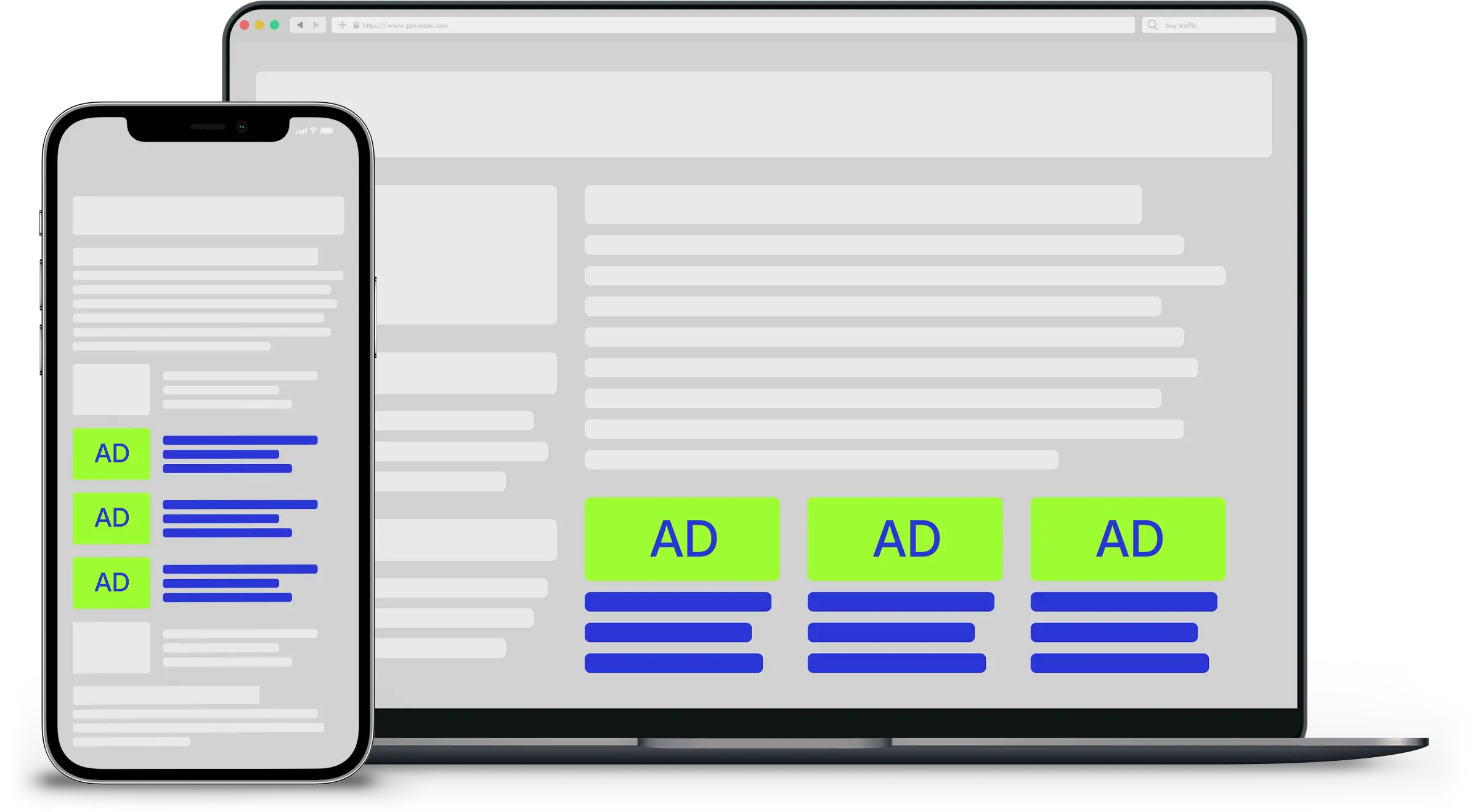While my influencer marketing agency works with brands that have large budgets, I wanted to put together some tips that would help smaller companies get started, and find success, using this highly effective marketing strategy. Here are eight tips to help your influencer marketing efforts.
1. Let your influencers have creative freedom.
Influencers got to where they are, in terms of popularity, because of their personality. It’s important that you let them have full creative control when promoting your product or service. What you think might work potentially won’t gel with their audience.
They engage with their audience all day long and know what they will respond to and what will push them away. When you allow them to control the creative direction you are going to end up with a much more organic feeling post and a better end result.
2. Do your due diligence to make sure an influencer is the right fit.
It’s very important to dig deep before you hire an influencer. Ask yourself, “Is this someone that I want representing my brand?” Take a minute to look at all of their social media profiles and see if there is anything that sets off a red flag.
Remember, this is someone that is going to be essentially representing your brand. If a consumer sees that your brand is being promoted by someone that engages in hate speech, drop the F-bomb every other post or is outright rude, it’s going to reflect negatively on your brand.
3. Don’t get mesmerized by follower count.
Follower count means nothing. Nada. Zilch. I have seen an identical campaign run on an Instagram account with 6.5 million followers and several accounts all under 30,000 followers. Every single smaller account outperformed the larger one by close to 300 percent.
Look at engagement rates and the type of engagement posts are receiving. I can promise you that the audience following some of these models with millions of followers aren’t interested in buying anything. They are following for bikini pictures — nothing more.
4. Always negotiate prices.
Have you seen what some influencers are charging per post? I’m not even talking about mega celebrities and six-figure pay outs. There are models with a few million followers commanding $5,000 to $10,000 per post. Don’t always bite on the rate card price. There is often times room for negotiation, especially if you are buying multiple posts.
I have seen initial asks of thousands per post come down to a couple hundred. If you are promoting a product, chances are you are going to be sending it to the influencer so they can create content to post. Use product as leverage too — offer to throw in some extra to drop the price. Many will gladly take a combination of product and monetary compensation.
5. Remember, you aren’t producing infomercials.
An influencer holding up your product with a, “Buy this product” caption isn’t going to be well received. You aren’t trying to create an infomercial that simply lists all of the amazing benefits.
You want the influencer to create an organic post — something that doesn’t reek of being overly promotional. When you partner with the correct influencer sometimes a picture of them with your product in a natural setting is all you need. They don’t have to tell their audience to buy it — they notice on their own. This has a lot to do with the very first tip above — giving the influencer complete creative control.
6. Identify micro-influencers.
Micro-influencers can be your campaign’s sweet-spot. Let’s pretend you wanted to promote a health supplement and have a small budget of $2,000 a month for influencer marketing. You could go with a popular fitness influencer with a few million followers that will suck up your entire budget for one post, or you could secure a dozen micro-influencers in the fitness world with smaller followings for the same price.
As mentioned, follower count is irrelevant. Micro-influencers tend to have a very engaged following that is genuinely interested in their content. There are several tools that help identify micro-influencers who would be a good fit for your campaign.
7. Constantly track, measure and analyze your campaign.
You must know whether your influencer efforts are working or not. There isn’t a plug-and-play success formula. The number of likes or comments a post receives isn’t an indication of a successful campaign.
Dive into your Google Analytics and look at your referral traffic to see if you notice a large increase from the social networks you are running influencer posts. If you have goal established, did you notice a large increase in leads or sales? Did your own social profiles see increased followers and engagement? Are your sales numbers through the roof? These are all questions you will need to answer.
8. Don’t ignore your other marketing campaigns.
This is one of the biggest mistakes I see. Brands get so excited about influencer marketing that they forget about their other marketing efforts. They assume that influencer marketing is going to be a game changer, and it can be, but you can’t ignore everything else.
Influencer marketing drives a lot of brand awareness, which leads to consumers doing things like checking out your social media and visiting your blog. Use influencers to compliment to your marketing.
___
by JONATHAN LONG
source: Entrepreneur









